If you’ve never heard the terms ‘colour temperature,’ ‘warm white,’ or ‘cool white’ before, that’s because these things weren’t important considerations in the era of incandescent light bulbs. All light bulbs were more or less the same. With the development of various lighting technologies in recent decades, however, colour temperature now plays a big part in how a light bulb looks once it’s switched on.
While this gives consumers much more choice, it means that shopping for a ‘white’ light bulb is no longer as simple as it may seem.
What is colour temperature?
In short, colour temperature is a scale that measures how ‘warm’ (yellow) or ‘cool’ (blue) the light from a particular source is. It is measured in degrees of the Kelvin scale (abbreviated to K), and the higher the number, the ‘cooler’ the light. The lower the ‘K’ number, the ‘warmer’ the light.
Imagine the situation: one of the three white light bulbs in your kitchen blows, so you visit your local hardware store to buy a replacement. You take the broken light bulb with you and use it to find another one with the same cap and the same shape.
Job done, right?
Except, when you get back home and fit the new light bulb, you find that although it is a ‘white’ light bulb, the light it gives off is a completely different colour to the other – supposedly identical – light bulbs installed in your kitchen. This is because its colour temperature is different.
It might not seem like a big deal, but colour temperature can have a big effect on the look and feel of a room, and mixing light bulbs of different colour temperatures can look a bit odd. Fortunately, there are ways to find light bulbs with the right colour temperature.
Let the Kelvin scale guide you
Colour temperature is measured in degrees of the Kelvin scale, which is usually abbreviated to ‘K.’ It is measured on a numbered scale, where the higher the number, the ‘cooler,’ or bluer the light. The lower the number, the ‘warmer,’ or yellower the light.
For example, a wax candle emits a very warm white light of roughly 1000K, while at the other end of the scale, a blue sky would measure around 9000K.

It should be easy to find the colour temperature of a new light bulb, as it must be stated clearly on the packaging. It’s worth noting that the colour temperature of a light bulb isn’t the same as its brightness. This is measured on a different scale (in units called ‘lumens,’ see our guide to lumens for more information).
What if I don’t know the colour temperature of my current light bulbs?
Although technically it’s measured on an endlessly varied scale, there are several standard colour temperatures that most light bulbs are manufactured to. This makes it much easier to find replacements. If the colour temperature is not printed on the light bulb itself, take a look at the image above to get an idea of the different colour temperatures you can find. The information about the light bulb’s colour temperature can be also found in the specification table at every light bulb page on our website.
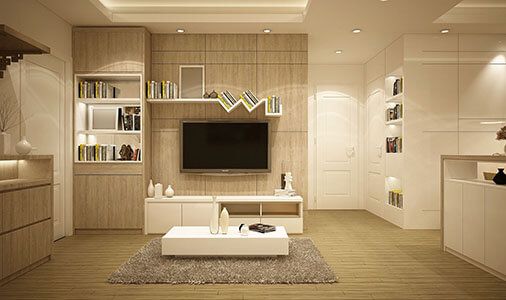
2700K-3000K – Warm White
This is the colour temperature of traditional incandescent light bulbs and one of the most common colours used today. This is a nice, yellow glow, well suited to rooms meant for relaxing, such as living rooms and bedrooms. If a particular light in your home has a yellowish tinge to it, it is most likely a warm white light bulb.
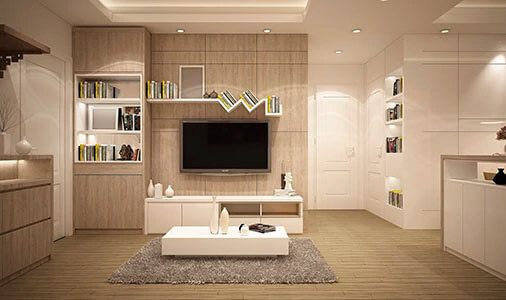
3500K – White
White coloured light bulbs fall between warm white and cool white. Bulbs of this colour temperature are versatile and can be used in busier rooms such as waiting rooms, receptions, offices and schools.
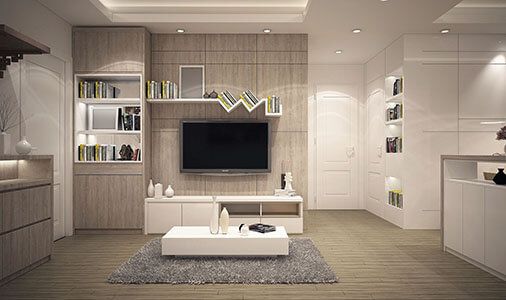
4000K – Cool White
Cool white light bulbs have none of the warm yellow glow of warm white light bulbs. The light they emit is much crisper and is well suited to more stimulating environments, like kitchens and workplaces. They are also excellent for bathrooms as there is no colour-cast; so applying makeup is much easier. Many outdoor floodlights also use cool white light bulbs, as it provides a clear, bright light.
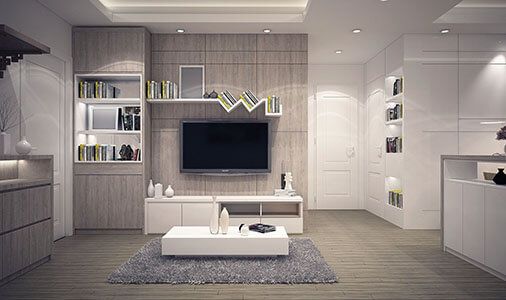
6500K – Daylight
Daylight bulbs are so named because they replicate the natural light seen on an overcast day. If these are installed indoors, they can look very blue and, as a result, they don’t create a very cosy atmosphere. This colour is best avoided in bedrooms and living rooms and can be used instead for areas where accurate colour reproduction is required, such as retail, display and workplaces. They are also excellent for outdoor lighting or for areas where natural daylight enters through a window but the room is still too dim and needs brightening.
It’s worth noting that light bulbs with a ‘daylight’ colour temperature are not the same as ‘full-spectrum daylight’ light bulbs. The latter produce light across the whole colour spectrum (rather than just mimicking the colour of daylight), and are used to treat Seasonal Affective Disorder (SAD).
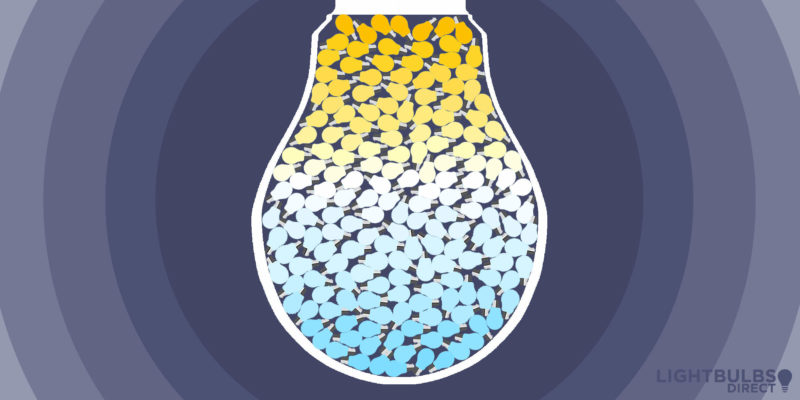



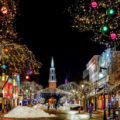
So, color temperature is NOT measured in Kelvins. It is measured in degrees on the Kelvin scale. I don’t want to nit pick, just want to be accurate
Thank you Gary, we have updated the article appropriately.
To pick on the nitpick :), as per the SI convention, kelvins are never referred to nor written as as a degree. [link]